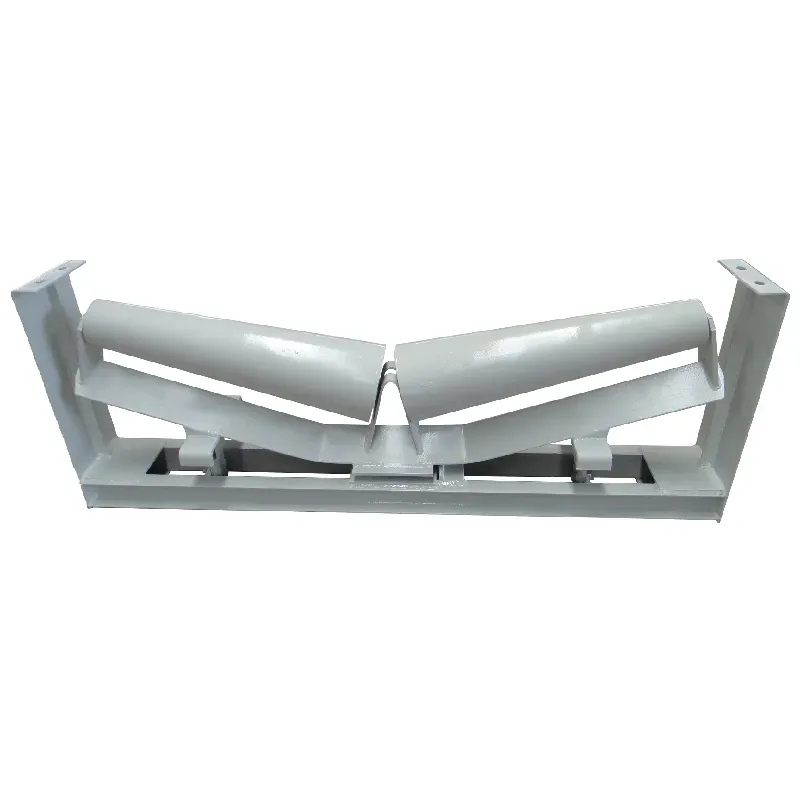 Afrikaans
Afrikaans  Albanian
Albanian  Amharic
Amharic  Arabic
Arabic  Armenian
Armenian  Azerbaijani
Azerbaijani  Basque
Basque  Belarusian
Belarusian  Bengali
Bengali  Bosnian
Bosnian  Bulgarian
Bulgarian  Catalan
Catalan  Cebuano
Cebuano  Corsican
Corsican  Croatian
Croatian  Czech
Czech  Danish
Danish  Dutch
Dutch  English
English  Esperanto
Esperanto  Estonian
Estonian  Finnish
Finnish  French
French  Frisian
Frisian  Galician
Galician  Georgian
Georgian  German
German  Greek
Greek  Gujarati
Gujarati  Haitian Creole
Haitian Creole  hausa
hausa  hawaiian
hawaiian  Hebrew
Hebrew  Hindi
Hindi  Miao
Miao  Hungarian
Hungarian  Icelandic
Icelandic  igbo
igbo  Indonesian
Indonesian  irish
irish  Italian
Italian  Japanese
Japanese  Javanese
Javanese  Kannada
Kannada  kazakh
kazakh  Khmer
Khmer  Rwandese
Rwandese  Korean
Korean  Kurdish
Kurdish  Kyrgyz
Kyrgyz  Lao
Lao  Latin
Latin  Latvian
Latvian  Lithuanian
Lithuanian  Luxembourgish
Luxembourgish  Macedonian
Macedonian  Malgashi
Malgashi  Malay
Malay  Malayalam
Malayalam  Maltese
Maltese  Maori
Maori  Marathi
Marathi  Mongolian
Mongolian  Myanmar
Myanmar  Nepali
Nepali  Norwegian
Norwegian  Norwegian
Norwegian  Occitan
Occitan  Pashto
Pashto  Persian
Persian  Polish
Polish  Portuguese
Portuguese  Punjabi
Punjabi  Romanian
Romanian  Russian
Russian  Samoan
Samoan  Scottish Gaelic
Scottish Gaelic  Serbian
Serbian  Sesotho
Sesotho  Shona
Shona  Sindhi
Sindhi  Sinhala
Sinhala  Slovak
Slovak  Slovenian
Slovenian  Somali
Somali  Spanish
Spanish  Sundanese
Sundanese  Swahili
Swahili  Swedish
Swedish  Tagalog
Tagalog  Tajik
Tajik  Tamil
Tamil  Tatar
Tatar  Telugu
Telugu  Thai
Thai  Turkish
Turkish  Turkmen
Turkmen  Ukrainian
Ukrainian  Urdu
Urdu  Uighur
Uighur  Uzbek
Uzbek  Vietnamese
Vietnamese  Welsh
Welsh  Bantu
Bantu  Yiddish
Yiddish  Yoruba
Yoruba  Zulu
Zulu conveyor component
The Essential Role of Conveyor Components in Modern Industries
Conveyor systems have become a vital part of many industries, playing a critical role in streamlining operations and enhancing productivity. At the heart of these systems are various conveyor components, each designed to fulfill a specific function within the overall mechanism. This article explores the critical components of conveyor systems and their significance in modern industrial applications.
1. Belts and Rollers
Conveyor belts are perhaps the most recognizable component of a conveyor system. They serve as the primary surface for transporting materials. Made from various materials such as rubber, fabric, or metal, conveyor belts are selected based on the nature of the materials being transported. The choice of belt affects durability, flexibility, and resistance to wear and tear.
Rollers are another key component, providing support and allowing smooth movement of the conveyor belt. They come in various configurations, including tapered, crowned, or flat designs, each offering different advantages depending on the application. For instance, grooved rollers can help keep the belt aligned while minimizing slippage, making them ideal for heavy-duty applications.
The drive system is what powers the conveyor, typically consisting of an electric motor and associated components. The motor converts electrical energy into mechanical energy, driving the rollers and belt. Drive systems can vary widely, from simple single-motor setups to complex arrangements involving multiple motors for synchronized operations across different conveyor segments.
Selecting the right motor is crucial; factors such as torque, speed, and load capacity must be considered to ensure efficient operation. Variable frequency drives (VFDs) are also becoming increasingly common, allowing for precise speed control and energy efficiency, thus improving the overall performance of the conveyor system.
conveyor component

3. Chassis and Frame
The chassis or frame of a conveyor system provides the structural integrity required to support the entire assembly. Typically made from materials like steel, aluminum, or robust plastics, the design of the frame must consider factors such as load capacity and environmental conditions. A well-designed frame can increase the system's lifespan and reliability.
4. Guiding and Support Components
To ensure that the conveyor belt remains aligned and that materials are transported smoothly, guiding and support components are essential. This includes side guards, which prevent materials from falling off the edge, and cross supports that add stability to the structure. Additionally, belt tensioners are used to maintain the appropriate tension within the belt, preventing slippage and ensuring operational efficiency.
5. Safety Features
In any industrial setting, safety must be a top priority. Conveyor systems are equipped with various safety features such as emergency stop buttons, safety guards, and sensors to detect jams. These components ensure that operators can work safely and that equipment can react quickly in case of an emergency, minimizing the risk of accidents.
Conclusion
The importance of conveyor components in modern industrial operations cannot be overstated. From transporting heavy loads to enhancing the efficiency of manufacturing processes, every component plays a crucial role in ensuring that conveyor systems operate smoothly and effectively. With advancements in technology, the future of conveyor components looks promising, offering even greater efficiency, safety, and adaptability to meet the ever-evolving demands of various industries. As businesses continue to seek optimization in their operations, understanding and investing in high-quality conveyor components will remain vital.
-
Revolutionizing Conveyor Reliability with Advanced Rubber Lagging PulleysNewsJul.22,2025
-
Powering Precision and Durability with Expert Manufacturers of Conveyor ComponentsNewsJul.22,2025
-
Optimizing Conveyor Systems with Advanced Conveyor AccessoriesNewsJul.22,2025
-
Maximize Conveyor Efficiency with Quality Conveyor Idler PulleysNewsJul.22,2025
-
Future-Proof Your Conveyor System with High-Performance Polyurethane RollerNewsJul.22,2025
-
Driving Efficiency Forward with Quality Idlers and RollersNewsJul.22,2025





























